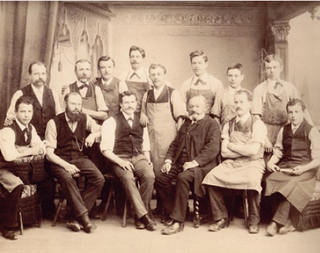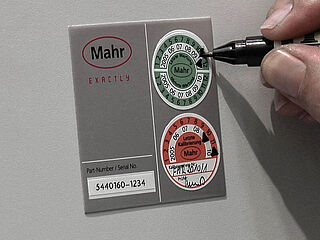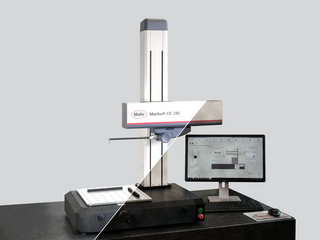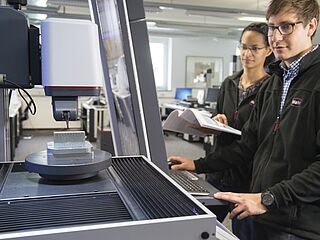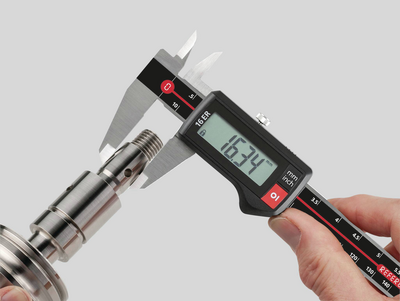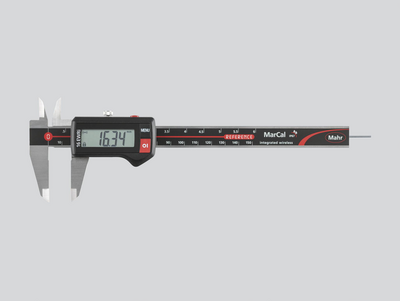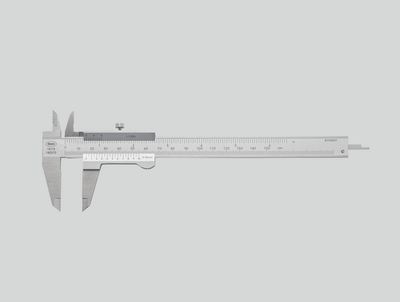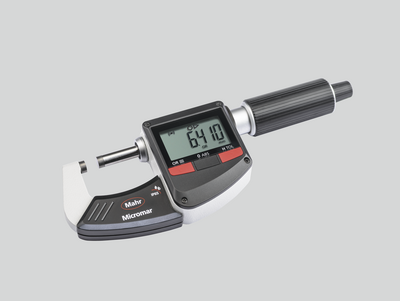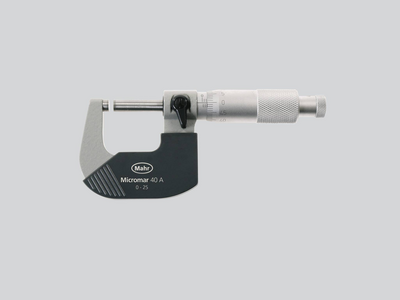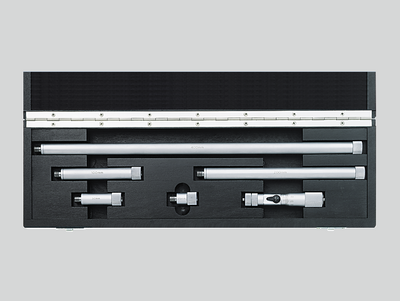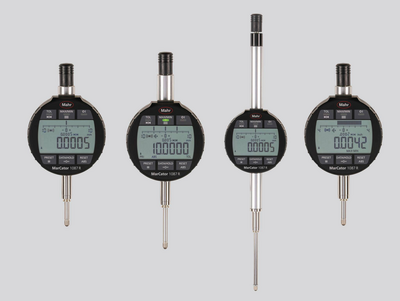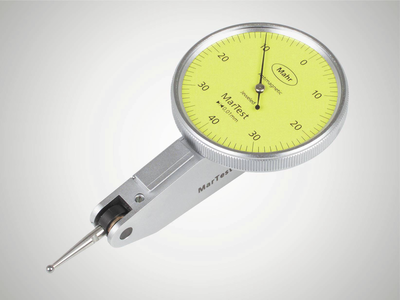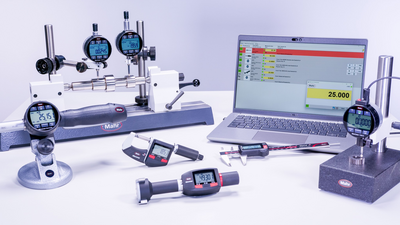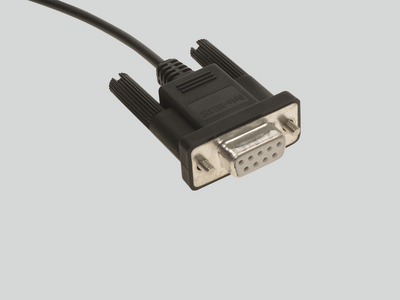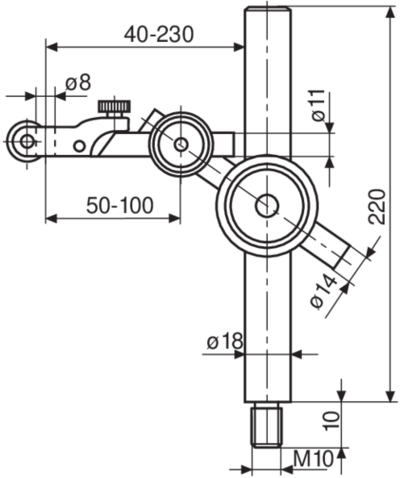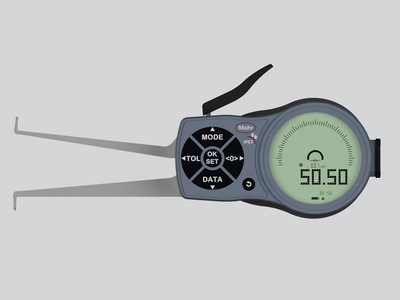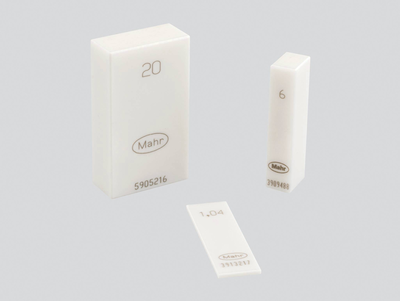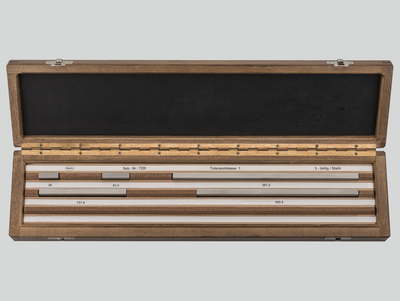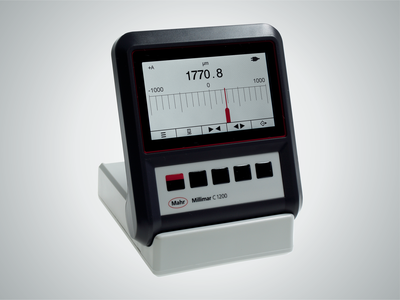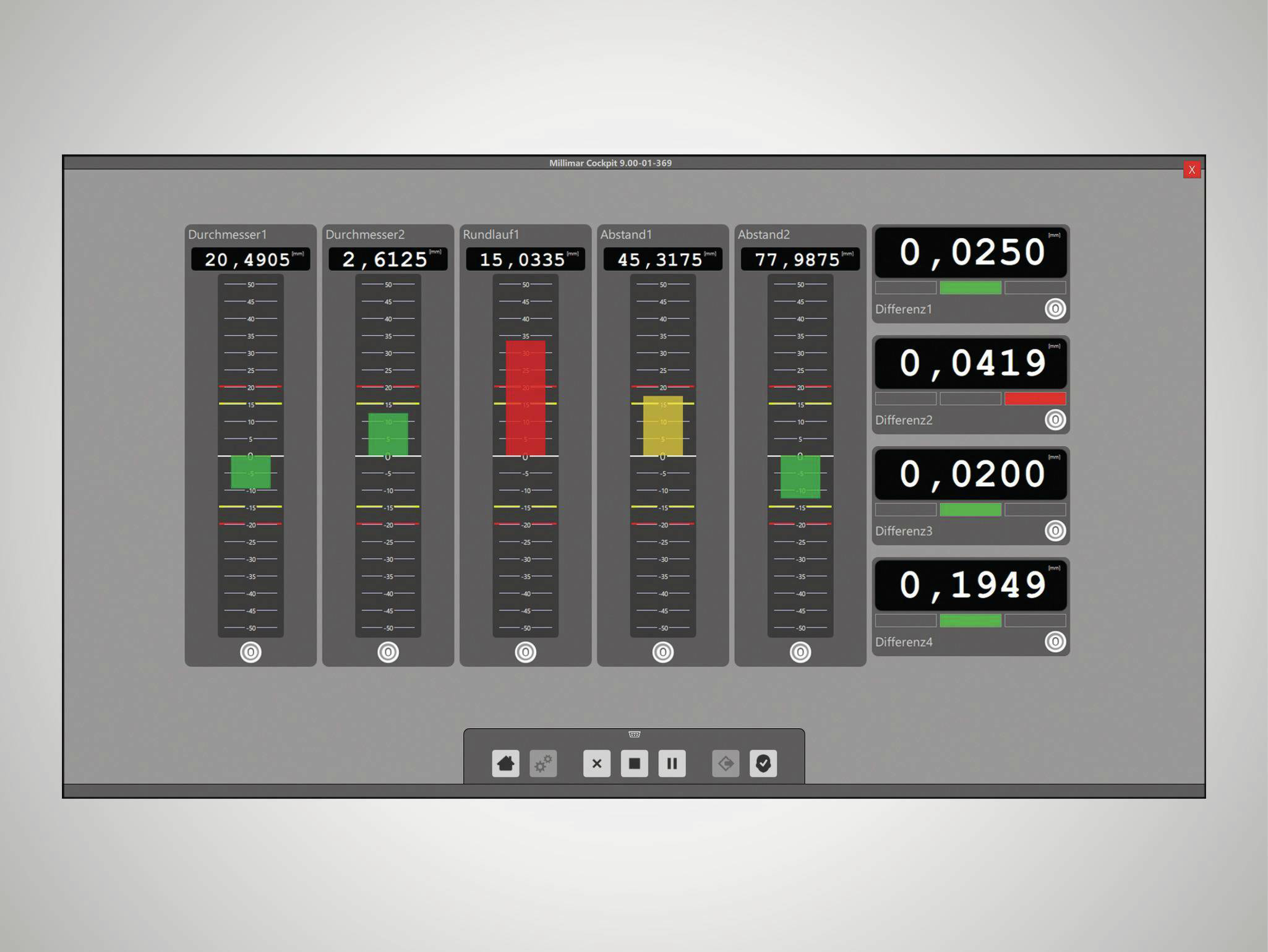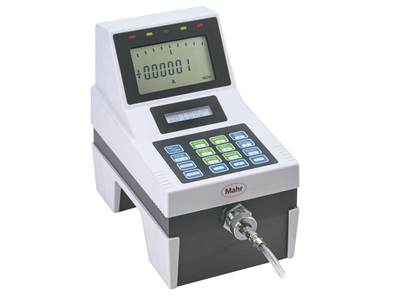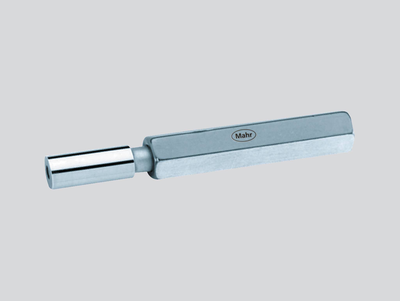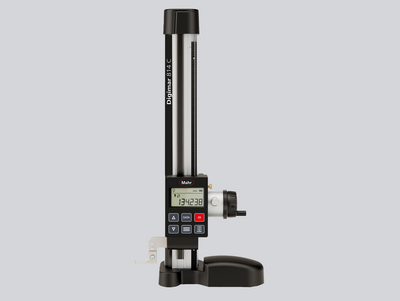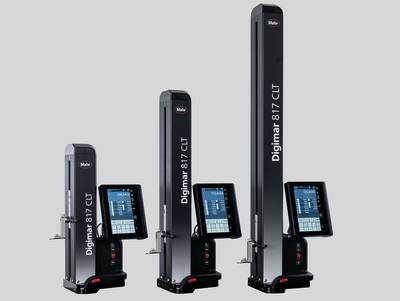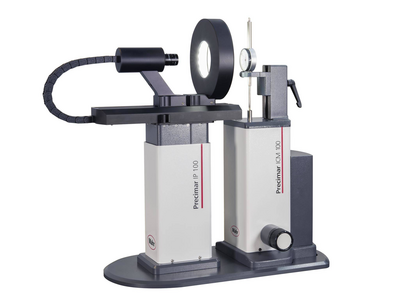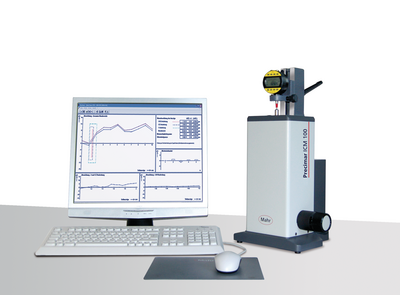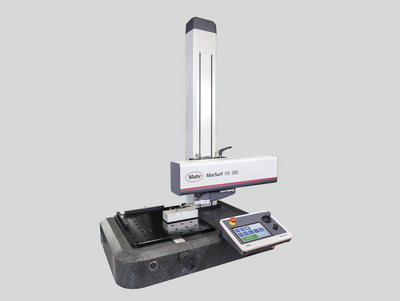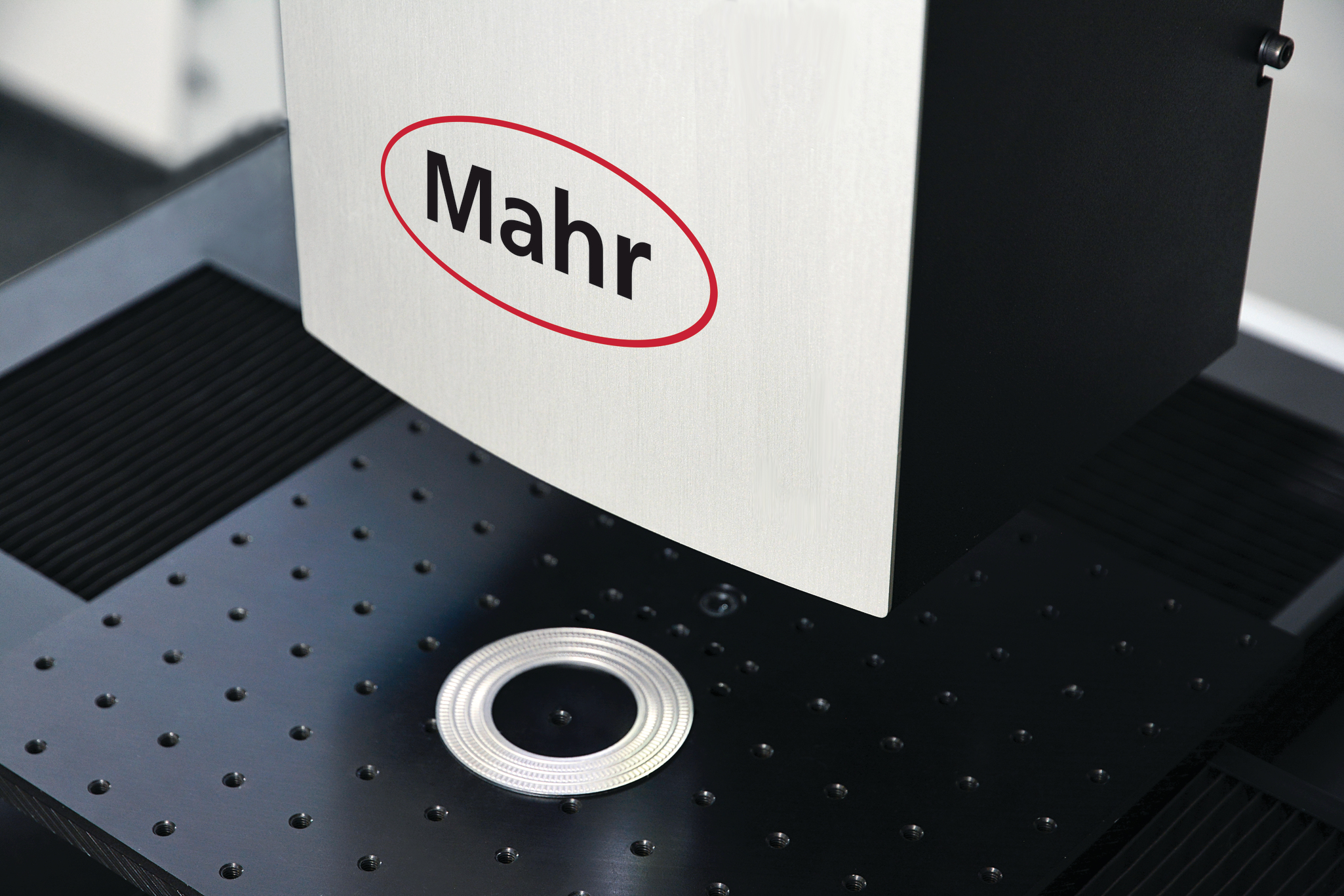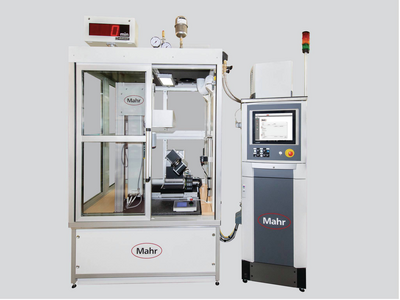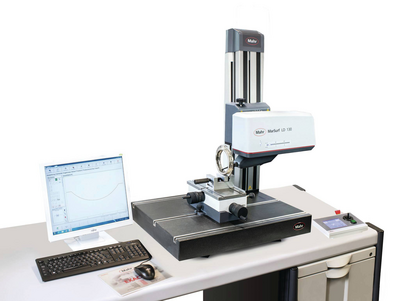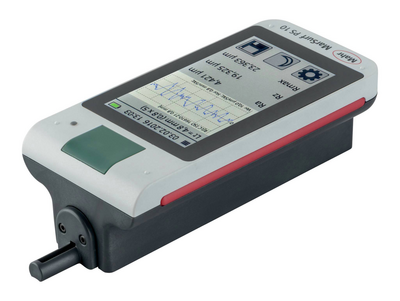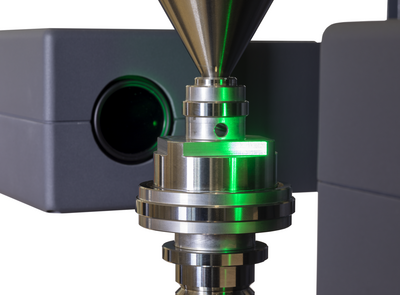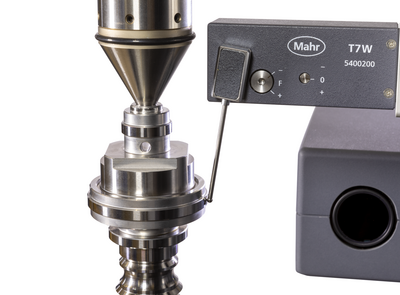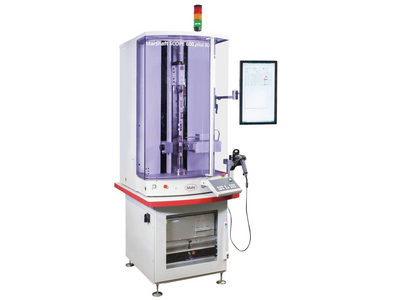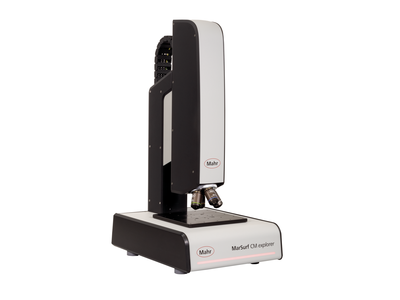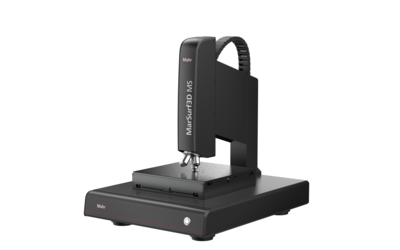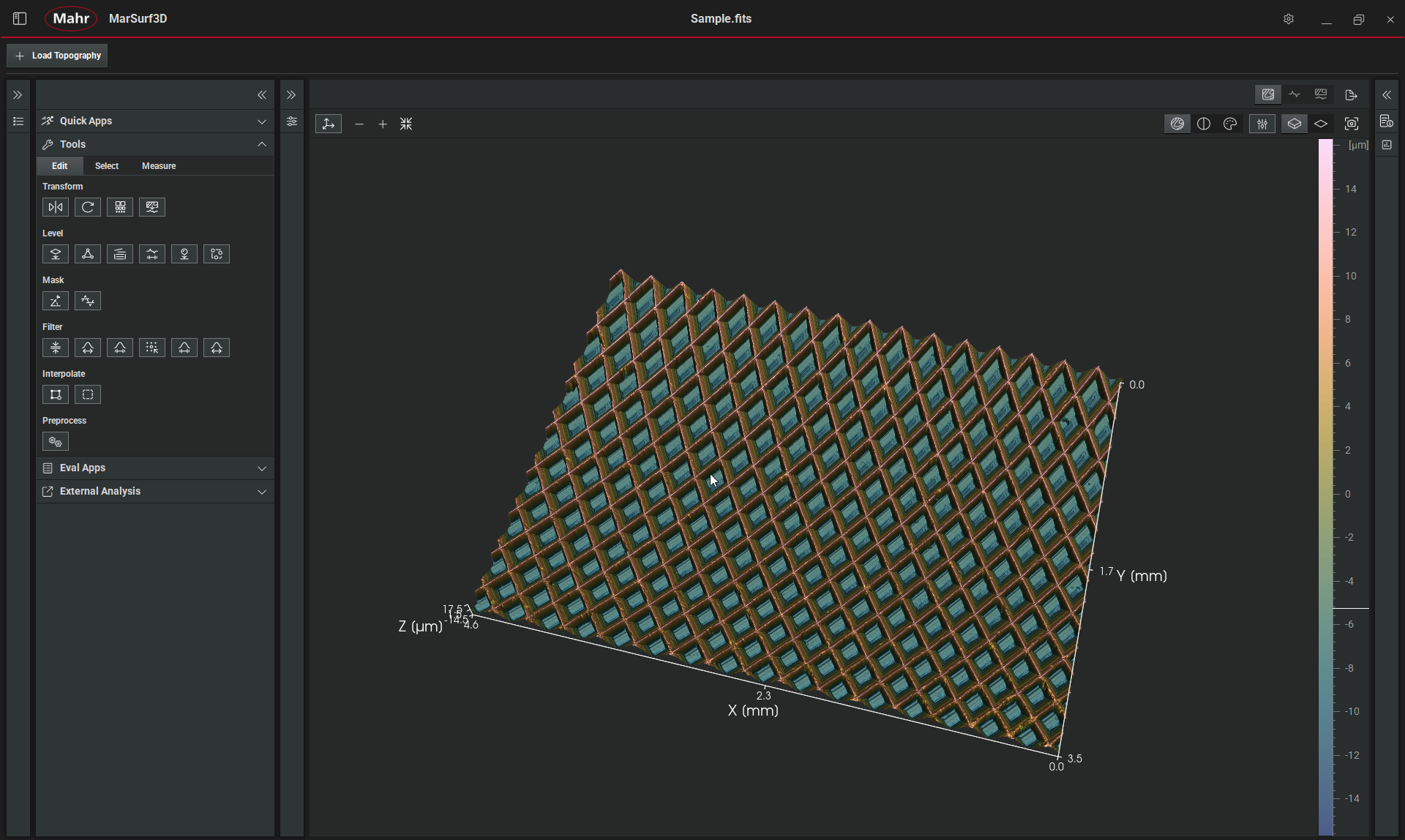In addition to issues of manufacturing and inspecting the hole must ensure it meets exceptionally tight tolerances, we must also ensure the customer chooses the right rings with the right grade, to balance performance and cost. We have written a number of times about choosing the right grade master for the application, but this time let's focus on using the master information to your advantage.
Master deviation is most commonly associated with masters and their certification reports. The certification report indicates the actual size of the master and how much it deviates from the required nominal size it was manufactured to. Master rings are measured at three heights within the diameter and at two positions 90° to each other (North-South and East-West relative to the logo on the master) to give an indication of the geometry of the master. So there are a total of six deviations on the certification and the question arises, which one to use?
To get the best use of the master deviation the operator should be given clear instructions on how to place and orient the master on the gage when it is time to re-zero the system. When using a master, the measuring contacts should be placed near the middle of the master. The gage contacts or air jets are oriented to the North-South position of the master. As shown in Table 1, North is commonly indicated by the manufacturer's logo, and South by the nominal size and class of the master. Based on this positioning, the actual size of the master at the middle depth (B) is 1.000009" (25.40023 mm). The location where the master is measured isn't as important as is the consistency of the location used. You could choose any one of the six recorded locations. For proper gaging, each operator should always locate the contacts of the gage to the same location and orientation in the master.
Now that we have the measuring process under control we can start to put the power of this information to use. If this was a gage with a manual zero adjustment, the operator would put the master on the gage with the proper orientation and then adjust the zero control until the gage reads the master deviation noted at the specified location.
Many digital products, such as digital dial indicators and amplifiers, are capable of incorporating the master deviation into the measurement itself. Digital indicators with 'Preset' input can enter the true master size for actual size results (1.000009") or if performing a comparative measurement, enter the deviation value (0.000009"). Electronic amplifier and air systems use features such as 'Nominal' or 'Actual' to enter the part's nominal size (1.000000") and use a separate entry for the master size such as 'Master' (1.000009"), 'Deviation' (0.000009"), or 'master deviation' (0.000009").
The advantage of using master deviation is that the true part size is being measured. Including master deviation into the measurement will make SPC data more relevant and achieve better control of the process. This is especially important when master size is significantly different from nominal size. Masters may wear over time and use, or may be difficult to produce to a true nominal size.
It should be pointed out here that since most master deviations are in 10s of micro-inches or less, these are best used when tolerances are tight and every micro-inch counts. Though in today's manufacturing environment it's becoming clear that every micro inch already counts. There is a reason why electronic devices allow for master deviation. So take advantage of the information you have and improve your process.







